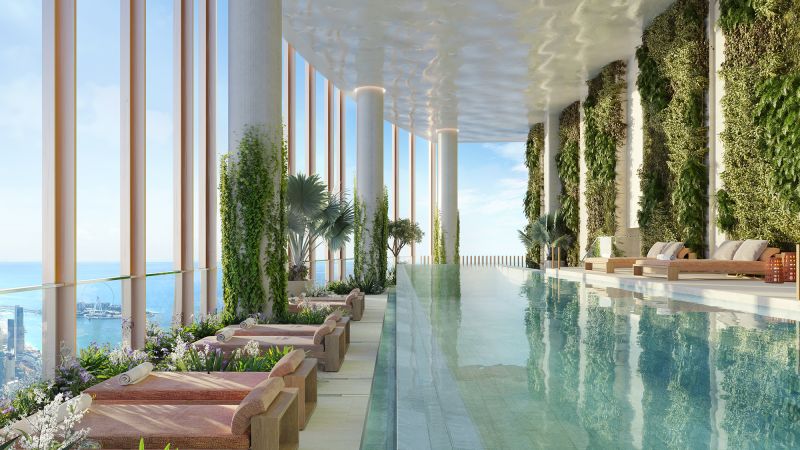CNN
—
When Six Senses Residences Dubai Marina is completed in 2028, the gleaming 122-storey building will be the world’s tallest residential building and will be equipped with luxurious fitness and wellness amenities to match. Residents will be able to lift weights, take outdoor yoga classes, and swim laps in a pool more than 100 stories above the clouds.
But what if living there also extended people’s lifespans? That’s the mission of Longevity Floors, another amenity available to future residents of Six Senses’ 251 apartments and Sky Mansions. This unique floor will include further specialized services such as crystal sound healing, which practitioners believe can reduce stress and improve sleep. Alternatively, residents can indulge in hyperbaric therapy, inhaling 100% oxygen in a pressurized chamber, which has shown promising anti-aging results.
“The idea is that you’re not just buying a home, you’re buying a lifestyle,” said Kevin Cabaco, marketing director for the building’s developer, Select Group.
“You’re buying an opportunity to work on real wealth: longevity. You’re extending your time.”
Life extension may be a lofty and questionable sales pitch, but it’s a common theme among high-end health clubs, luxury new high-rises, and luxury resorts. This trend coincides with new scientific research and similar obsessions in the technology industry, but the provable science behind these promises is often vague.
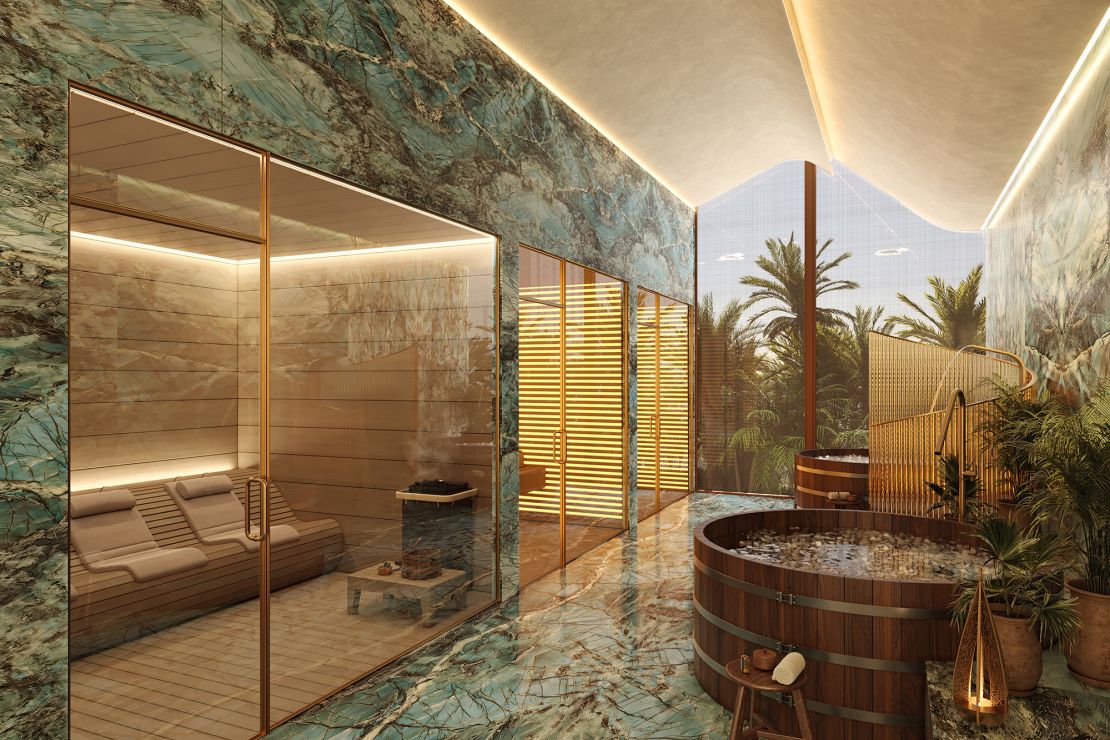
Celebrity personal trainer and gym designer Harley Pasternak is used to designing programs for big-name celebrities such as Kim Kardashian, Lady Gaga, and Halle Berry. But he told CNN in an email that he has noticed a change in recent years due to an “influx” of tech founder clients.
“All of them are definitely interested in aging in a way that we didn’t see five years ago,” he says. “All kinds of biohacking techniques, like heat, cold, exposure, specific supplements, training, foraging, and even specific medications.”
Experts agree that eating well, reducing stress, exercising, and having positive social connections all lead to longer lives, as well as avoiding habits such as smoking and drinking alcohol. are. And the wealthy already have an advantage. Research shows that people at the top of the socio-economic scale not only live longer than others, but also stay in good health for nearly a decade longer.
Still, from proponents of drugs like Ozempic and rapamycin, which claim the ability to slow aging, to a cultural obsession with so-called geographic “blue zones” where people are believed to live to be 100 years old, longevity Races to crack codes are taking place everywhere. abnormal rate. (One scientist was recently recognized for a study that found that Blue Zones may be based on flawed data and pension fraud rather than a hidden fountain of youth.)
And with an ultra-strict diet and exercise schedule, plus a multi-million dollar plan of constant testing and treatment, tech guru Brian Johnson is much more than his actual 47-year-old self. He claims that his age has also shrunk.
While Mr. Johnson’s ascetic but outrageous lifestyle is an extreme example, methodically tracking a person’s biometrics, from daily nutritional macros to sleep quality, is a step-by-step approach for brands like Apple, Oura, and Fitbit. has become mainstream through high-tech wearables.
Fitness programs and private retreats offer members biomarker and genetic testing, as well as more personalized plans at higher prices. Luxury destination clinics like Clinique La Prairie in Switzerland and Lanserhof in Austria have long been popular spots for celebrities looking to do just that while being surrounded by beautiful alpine and seaside architecture. New services offered by Equinox this year include biomarker testing and customized coaching for fitness, nutrition and recovery. The entire package costs $40,000 a year, more than twice the annual income of an American worker making the federally mandated minimum wage.
Continuum Club in New York City is taking a similar approach to health using AI. The ultra-exclusive social and wellness club will soft launch its swanky flagship store in May, with membership limited to about 250 people and monthly fees of $10,000. For this fee, members will receive biometric screenings, performance tests, body composition analysis, blood tests, and sleep studies, all of which will be evaluated by AI, according to a press release. Continuum’s technology continuously monitors members’ biometrics and provides ongoing recommendations regarding exercise, nutrition, and recovery.
But it remains to be seen whether such a meticulous approach can actually slow aging, Tom Wingert, Continuum’s chief revenue officer, said in a video call with CNN. mentioned in.
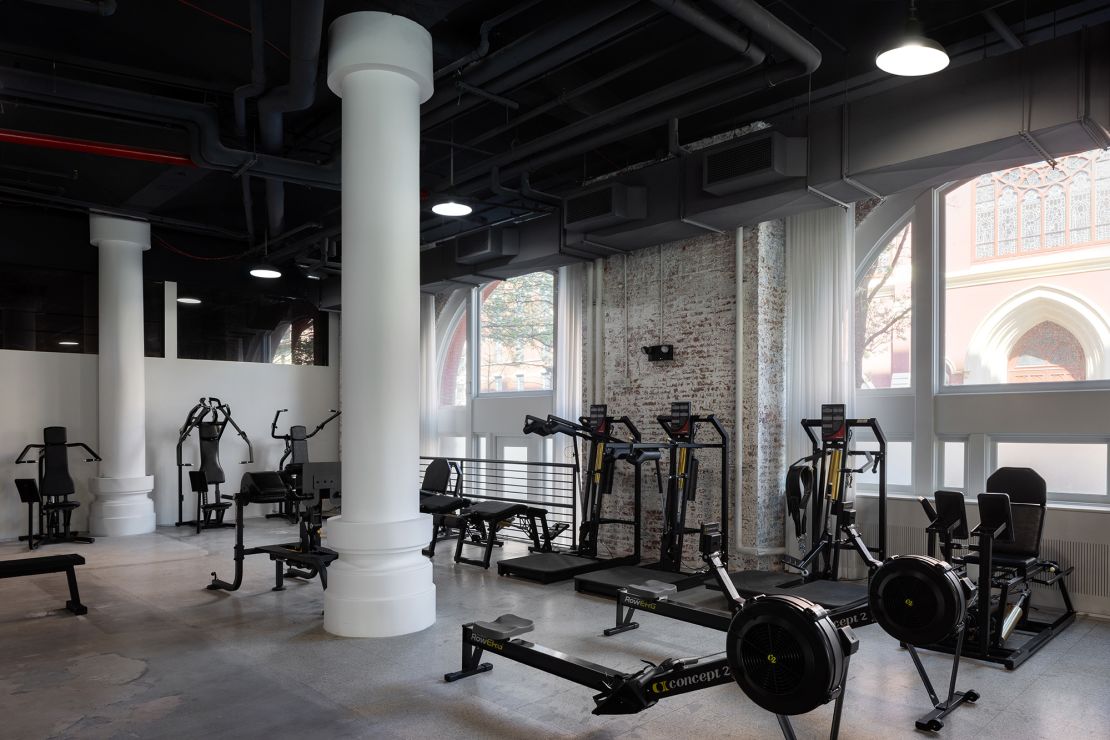
“We’ll see” about the validity of the broader trend, he said. “Until we do a long-term analysis and see what we’re accomplishing 30 or 40 years from now, we can’t say anything with any weight about longevity. But the data is there. There’s also science. It’s all based on something.”
As such, he explained, the quest for longevity is not Continuum’s primary objective, but rather a “downstream impact.”
“We all want to achieve what we think of as a fulfilling life,” he said. “Of course, if you take better care of yourself now, how you’re moving your body, how you’re recovering, how you’re sleeping, how certain genetic markers are taken into account. As a result, we’re more likely to live longer. But we’re not dealing with the uncertainty of what happens later.”
For the people behind Continuum, accuracy is key at a time when tricks to living longer and better are being spread unceremoniously on social media.
“[People]see someone on Instagram taking a cold plunge and say, ‘Maybe I should take a cold plunge,'” he said. “None of that has anything to do with what’s actually helpful for my body, my lifestyle, my set of circumstances.”
And while people may feel more in tune with their bodies thanks to wearables, data alone can still be confusing to interpret, Wingert says.
“So, I’m having a bad night’s sleep and my ‘readiness’ score is low…what do I do with this information?” he said. “Go to bed early and listen to this meditation by Matthew McConaughey or something. Maybe it will help you fall asleep. But what does that mean for your movement? What does this mean for the way you eat?
Focus on nature and connection
The pursuit of longevity isn’t all high-tech. A retreat in the arid valleys of Sedona, Arizona emphasizes a return to nature and oneself. Mii amo recently underwent a $40 million expansion and reopened last year. During their stay of 3 to 7 days, guests choose their own programs according to their needs. This includes longevity programs on nutrition, mindfulness, exercise, and community building.
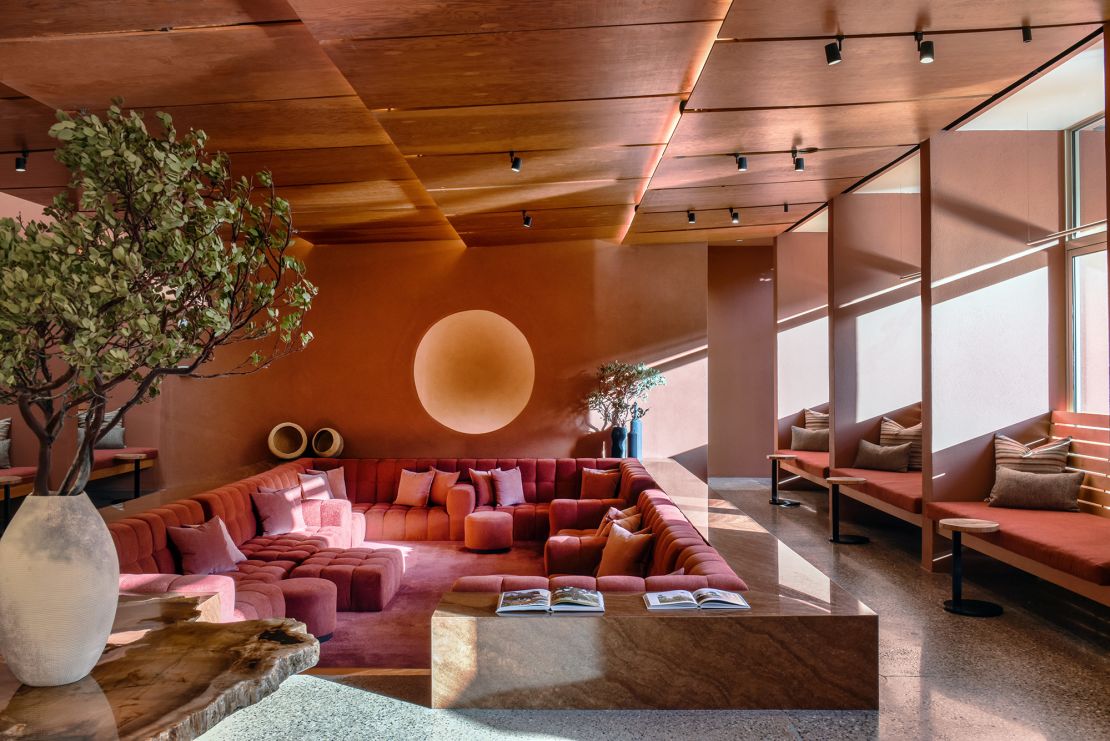
“Guests come looking for a completely different experience,” general manager Christian Davis told CNN by phone. It was explained that each guest would be accompanied by a guide during their stay. Choose-your-own adventure experiences include hiking, mountain climbing, and stargazing around the 70-acre Horseshoe Canyon where the property is located. Yoga, Pilates, or Pickleball. Nutrition class in the garden. Or balance your chakras at the spa. Davis said the experience was enhanced by an energy “vortex” thought to exist around Sedona, a place thought to be supercharged by the earth’s iron and quartz, which promotes healing.
Davis links the increased interest in longevity to the lasting impact of COVID-19. “When COVID hit, I think people’s perspective on what was important changed,” he says.
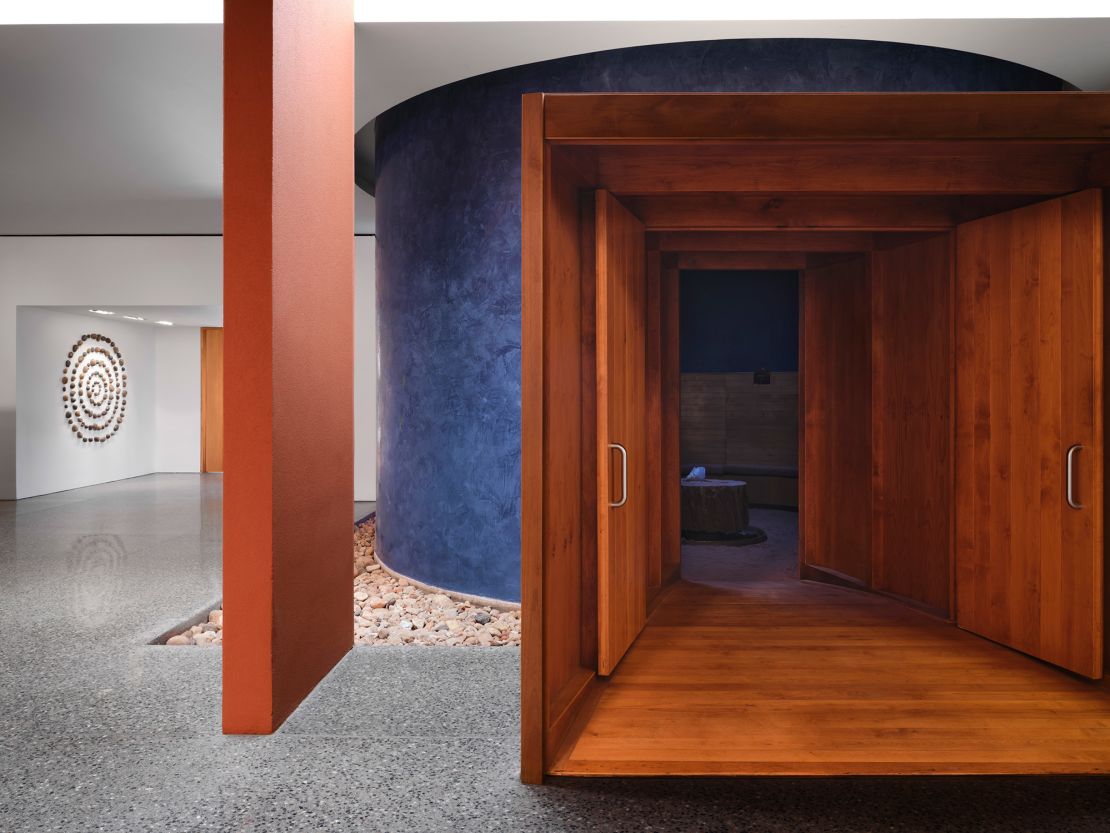
As with Mii amo, the beneficial effects of human connection were top of mind for the architects of Six Senses Residences, who sought ways to foster a strong sense of community vertically through 61,000 square feet of amenities and common spaces. I was doing it.
Set in a “dense urban environment” in the Dubai Marina district, as described by architect Priya Mrinal of Woods Bagot, the tower features airy, open amenities with a biophilic design. is focused on. This is an architectural concept that aims to connect people with the natural world. in the built environment.
“Once you step inside, it immediately feels like it’s turned into a little oasis,” she told CNN.
A new residential community in the snowy mountains of Utah, known around the world for skiing, will provide 600 families with social connections and private trails, as well as another perk that could extend their lives: viewing art. I will.
Utah’s Powder Mountain will undergo a transformation over the next two years, thanks to the resort’s new majority owner, former Netflix CEO Reed Hastings, who will transform the 8,000-acre resort into a skiable outdoor museum. It’s planned. By 2026, site-specific works by world-renowned artists such as Jenny Holzer, James Turrell, and Arthur Jaffa are scheduled to open. Powder is provided free of charge to climbers in the summer, but during the colder months at least a lift ticket or season pass is required.
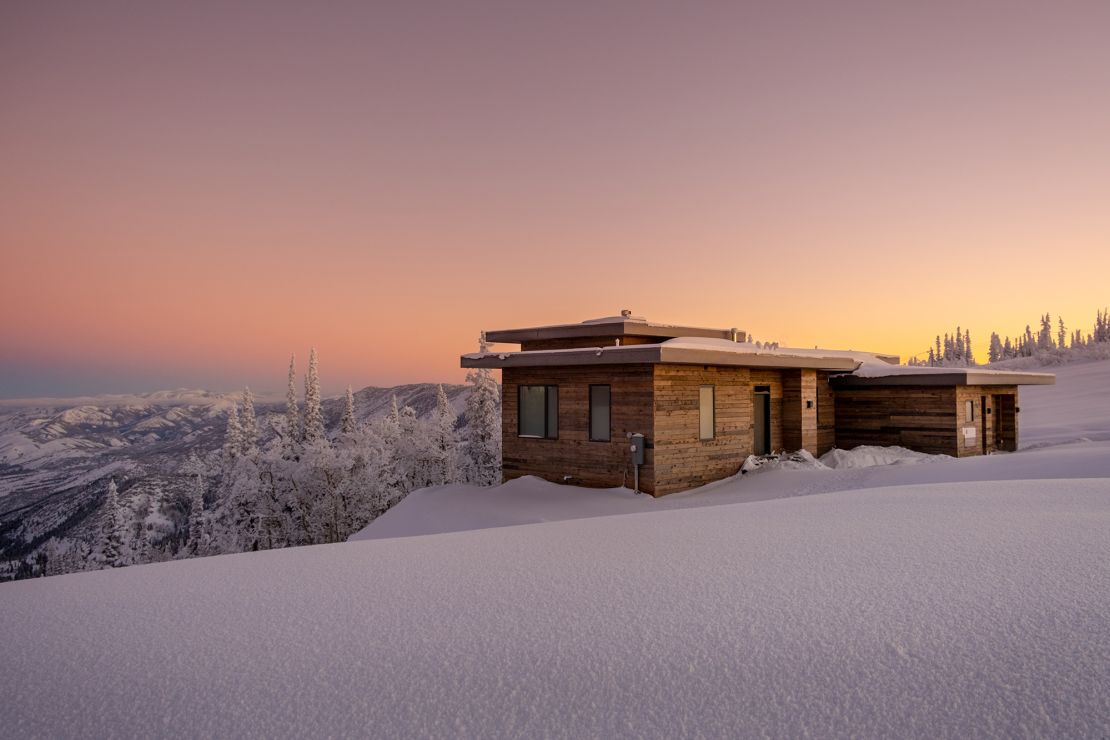
But Powder’s permanent residents can buy one of the first 39 homes for $2.5 million to $5 million, have access to more than a private lift ticket, and have the freedom to ski without crowds. It will be.
“We’re thinking a lot about what luxury is in today’s day and age, and what the new luxury is at the intersection of culture and wellness,” said Alex Chan, Powder’s chief creative officer. . “It’s not about the abundance of Aspen or Deer Valley; it’s about time. It’s about quality time.”
The architect-designed cabins and residences will include lodge facilities with a restaurant and spa facilities. Those behind the development are also looking at how residents can benefit from wellness programs that support their pursuit of sporting activities and a long, healthy life, from testing to nutrition.
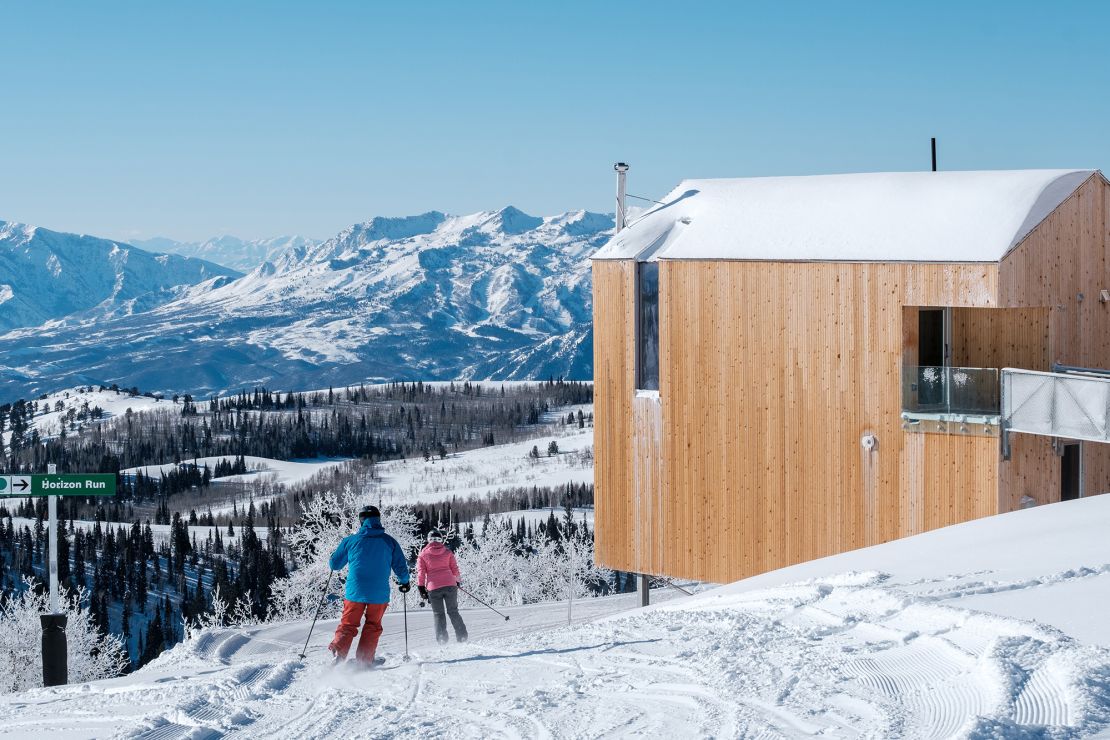
“Can we ski longer, hike faster, push human possibilities and limits in our recreational mode?” Zhang posed. “[We]also want to live our best lives here with our families through longevity, health and wellness.”
As the world’s wealthy continue to look for ways to extend their lives, and architects and designers answer the call, celebrity trainer Pasternak says proven necessities for longevity are far more accessible to the average person. I repeatedly insist that it is easy.
“You don’t have to be rich to walk 10,000 steps a day, lift weights several times a week, eat more fruits and vegetables, lean protein, and go to bed a few minutes earlier.” he says.
“All the expensive, exotic longevity treatments can’t come close to these basics.”
But that doesn’t mean his customers don’t have extravagant demands. Pasternak has even installed cryotherapy chambers in some private homes, boasting the ability to reduce inflammation, which can slow the aging process. That is, if you have $100,000 to spare.



